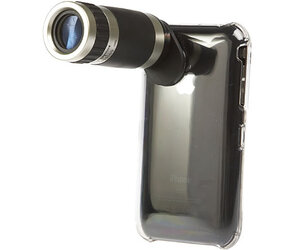- Joined
- Nov 12, 2002
- Location
- Rootstown, OH
- Thread Starter
- #81
Steps have more surface area than a slope for pull down, but either aim that once pulled down and managing temps/slow pouring the LN2, its working from the center of the mass directly above the die outwards.
kingpin's and sf3d's bases both look like they spread out their drillings across the base, to ensure there is a lot of mass in the base but pull it down as quickly as possible when desired. Having a flat base and simply drilling is surely more economical regarding production costs. Maybe its ideal design-wise also.
I haven't looked closely enough or seen a good enough picture to judge how thick the base is between the bottom of the drillings and the base in either, but it looks like sf3d's final revision is notably closer to the base than kingpins. sf3d's drillings also ensure any LN2 slow poured is going directly to the base and flowing across the internal floor, whereas kingpins could be spread across various holes but considerably less LN2 could be actually in direct contact with the internal floor since it can't flow from one hole to another.
All said and done, I don't expect this pot to be that great with the design as is. It should work more or less however, even if it does so poorly. From Mark's suggestion, I could get it reworked and have more holes drilled next to the ones already there, or deepen the existing holes. Once I see how it works initially, whats annoying about it, then I can see how changing it makes it better or worse. If its slow to pull down or too stable initially, its conservative and leaves room to expand without starting over.
kingpin's and sf3d's bases both look like they spread out their drillings across the base, to ensure there is a lot of mass in the base but pull it down as quickly as possible when desired. Having a flat base and simply drilling is surely more economical regarding production costs. Maybe its ideal design-wise also.
I haven't looked closely enough or seen a good enough picture to judge how thick the base is between the bottom of the drillings and the base in either, but it looks like sf3d's final revision is notably closer to the base than kingpins. sf3d's drillings also ensure any LN2 slow poured is going directly to the base and flowing across the internal floor, whereas kingpins could be spread across various holes but considerably less LN2 could be actually in direct contact with the internal floor since it can't flow from one hole to another.
All said and done, I don't expect this pot to be that great with the design as is. It should work more or less however, even if it does so poorly. From Mark's suggestion, I could get it reworked and have more holes drilled next to the ones already there, or deepen the existing holes. Once I see how it works initially, whats annoying about it, then I can see how changing it makes it better or worse. If its slow to pull down or too stable initially, its conservative and leaves room to expand without starting over.
 ?
?

